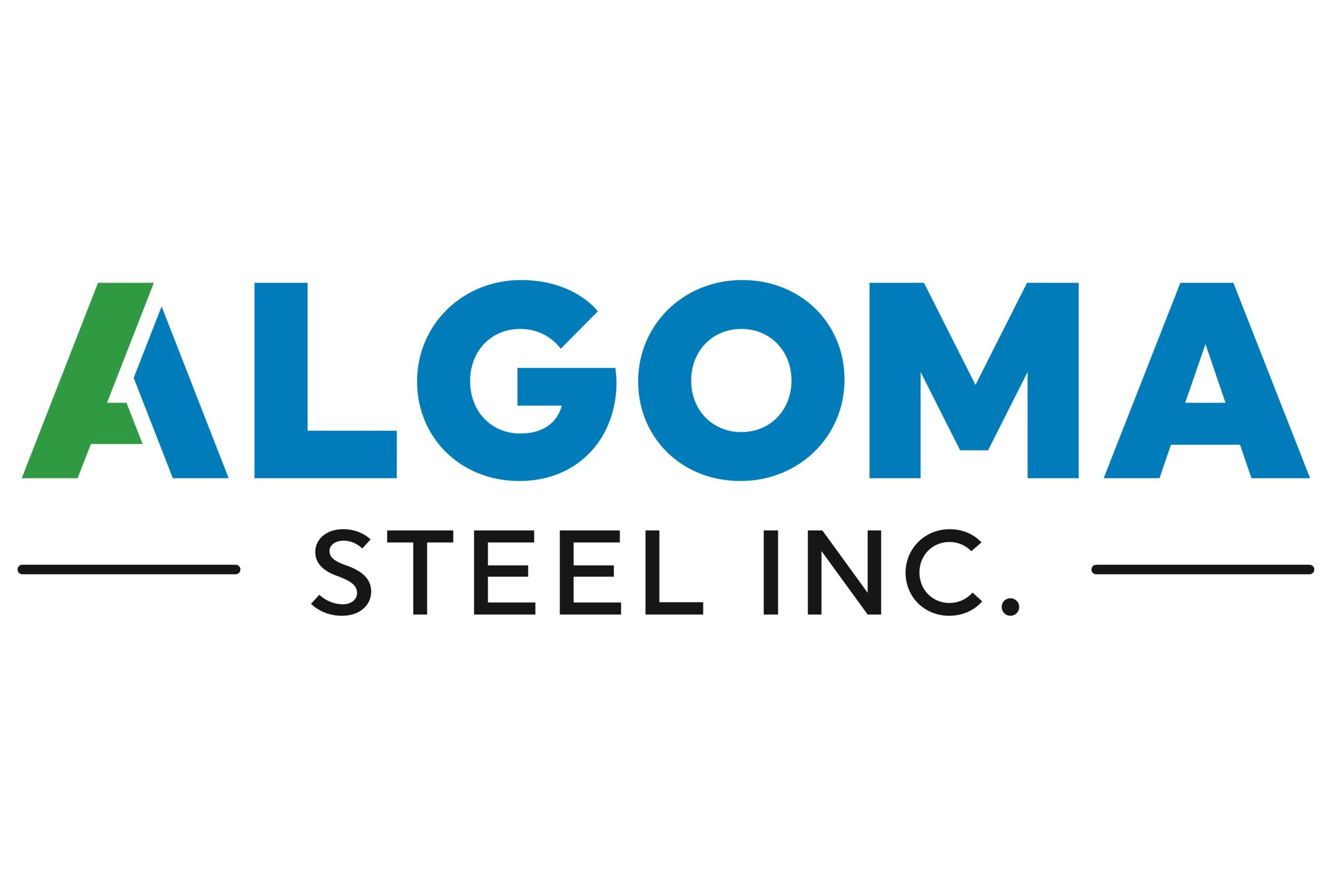Market Segment
July 31, 2025
Algoma swings to loss on ‘unprecedented disruptions’ and trade barriers
Written by David Schollaert
Algoma Steel Inc.
| Second quarter ended June 30 | 2025 | 2024 | % Change |
|---|---|---|---|
| Net sales | $589.7 | $650.5 | -9% |
| Net earnings (loss) | -$110.6 | $6.1 | -1,913% |
| Per diluted share | $-1.02 | $0.07 | -1,557.1% |
| Six months ended June 30 | |||
| Net sales | $1,106.8 | $1,271.1 | -12.9% |
| Net earnings (loss) | -$135.1 | $34.1 | -496.2% |
| Per diluted share | -$1.28 | $0.02 | -6,500% |
Canada’s Algoma Steel saw a sharp loss in the second quarter amid a continued challenging market environment and “tariff uncertainties.” Still, the company achieved its first steel production from its EAF-transformation project.
The Sault Ste. Marie, Ontario-based steelmaker of sheet and plate products recorded a net loss of Canadian $110.6 million (USD$79.88 million) vs. net income of CAD$6.1 million a year earlier. Net sales fell 9% to CAD$589.7 million (USD$425.9 million) in the same comparison.
“The second quarter of 2025 was a pivotal period for Algoma … with the successful production of our inaugural steel in the first of our two state-of-the-art EAFs,” Algoma CEO Michael Garcia said in a company release.
Garcia said tariff uncertainty led to lower realized prices and higher production costs, negatively impacting results.
“The uncertain market environment has created headwinds for shipments and pricing across the industry, but we remain focused on executing our strategic transformation,” he continued.
Plate shipments reached approximately 103,000 short tons (st) in Q2’25, up from 91,000 st sequentially. The company is strategically focusing on its position as Canada’s only discrete plate producer.
“While we can’t control market volatility and macro or geopolitical uncertainties, we are focused on what we can control,” Garcia said.
He said this includes “the safe operation of our assets and the completion of the EAF project, which provides us with a structural cost advantage that will serve us well through market cycles, creating lasting value for all stakeholders.”
Tariff reframing and strategic adjustment
Garcia noted the company experienced lower steel shipments and realized steel pricing due to the implementation of 25% and later 50% steel import tariffs from Canada under Section 232.
“The steel industry is experiencing unprecedented disruption as the tariff situation has significantly deteriorated since our last quarter, with the US market now effectively closed to Canadian steel producers due to prohibitive 50% tariffs,” he said.
When asked during the company’s earnings call if Algoma was looking to potentially shift US shipments to alternative markets, Garcia commented that US shipments are contracted and fulfilled, with limited alternate export opportunities.
Still, Garcia added that the company is thoughtfully considering the impact of prolonged 50% tariffs on its operations and customer relationships.
To withstand tariff headwinds, Algoma is engaging with both provincial and federal governments to address trade disruptions and bolster liquidity. An application for a CAD$500-million tariff loan facility program has been submitted to support operations under prolonged US tariffs.
“Timely, targeted policy support is essential for Canadian steelmakers to remain competitive and resilient,” Garcia said.
The company is also pursuing opportunities in defense infrastructure and clean manufacturing to diversify its customer base.
In the second quarter, Algoma paid CAD$64.1 million in tariffs.
EAF transformation
Algoma achieved a major milestone with the first steel production from unit one of its EAF project, with the second unit progressing as planned, the company said.
“This achievement is particularly meaningful,” Garcia said. It’s a moment that represents the realization of the steelmaker’s vision that began when they broke ground in November of 2021.
“It positions us at the forefront of the largest industrial decarbonization project in Canada,” Garcia added.
He labeled it a “historic accomplishment” as the company transitions from a “legacy higher-cost traditional steelmaker to one of the lowest-cost green steel producers in North America.”
“Green steelmaking as Canada’s only major independent steel manufacturer, we are a strategic national asset, and we are positioning ourselves to emerge from this cycle as a more competitive and sustainable operator,” Garcia concluded.







